Understanding how your digestive system works is crucial to supporting a healthy one. Try Reflexology to support a healthy digestive system.
The organs that make up your digestive tract include: the mouth, salivary glands, Esophagus, stomach, liver, gallbladder, pancreas, small intestine (Duodenum, Jejunum, Ileum), and large intestines (appendix, cecum, colon, rectum, and anus.)
Chewed food takes approximately 36 hours, or 2-5 days, to move from the mouth through the colon. Digestion begins in the mouth by producing the digestive salivary amylase enzyme, which breaks down carbohydrates. Once the food is soft and mushy, called Bolus, the tongue pushes the Bolus back of the throat for swallowing and makes its way down into the Esophagus.
How does Your Esophagus keeps your digestion healthy
Esophagus is a flattened tube that connects from your mouth to your stomach. It takes food about 3 seconds to pass through your Esophagus. Food is mixed with pepsins and hydrochloric acid to aid in the digestion of protein, milk, and cheese. This thick processed food is called CHYME. Chyme passes from the stomach by motility.
Motility: Chyme moves through the small and large intestines by peristalsis. Peristalsis is a wave-like muscle contraction that moves Chyme and liquids through the digestive and urinary tracts. The small intestine is an approximately 10- to 16-foot-long muscular tube divided into the duodenum, jejunum, and ileum. Each of the three parts plays a significant role in digestion and absorption.
Small intestine is the longest part of the gastrointestinal tract (GI) and is where most of your digestion occurs. Chyme is broken down into liquid form and moves through the small intestines with water. Most of the nutrients are absorbed through the lining of the small intestines into the bloodstream. Then, the circulatory or lymph system delivers the digested food and nutrients to the entire body for use or storage.
Large intestines: The large intestine is the last part of your digestive tract. It is a muscular tube approximately six feet long divided into three sections: the cecum, the colon, and the rectum. Solid waste moves through the large intestines to turn waste into feces.
Where do gastrointestinal problems begin?
Upper GI and lower gastrointestinal problems refer to issues affecting different parts of the digestive tract. Here’s a breakdown of the key differences between these two categories:
Smaller Intestines or Upper Gastrointestinal Problems: The upper gastrointestinal tract includes the parts of the digestive system located higher up in the body, closer to the mouth. Common problems of the Esophagus include heartburn, acid reflux, and gastroesophageal reflux disease (GERD), caused by acid flowing up from the stomach and irritating the lower part of the Esophagus. Also, conditions like GERD and gastritis are more common in the upper GI tract.
Large Intestine (Colon and Rectum): The large intestine absorbs water from the remaining digested material and forms stool. Lower GI problems can involve the colon and rectum, including conditions like irritable bowel syndrome (IBS), inflammatory bowel disease (IBD), and colorectal cancer, and ulcerative colitis are associated with the lower GI tract.
Support Digestive with Advanced Foot Reflexology Techniques – 4 Home Video Course
4 part Self Care Series- Reflexology for Digestive Relief for IBS, Constipation, Gas, Bloating & Acid Reflux
- Do You Eat Your Emotions? How Negativity Affects Your Digestive Health (Energy Medicine)
- Step by Step Foot Reflexology to Relieve Gas, Bloating, Constipation, IBS and Acid Reflux
- How do Energy Healers Manage Negativity for Healthy Digestion (Inspiration)
- Grounding Healing Meditation to Release Digestive Stress
Where Can You Take Holistic Digestive Health 4 part Course?
Be proactive with your Holistic Digestive Health. Learn easy Reflexology, mindful, energy medicine techniques that aren’t overwhelming and can incorporate into your everyday practices. Once you are aware of your negative energy cycle that is stuck in your digestive health, you can break the cycle before pain, and stress set in. You can take this course at by becoming an Awaken Your Inner Healer member of Youtube.com/HealingPlaceEnergySchool for $24.99 a month (cancel any time.)
Reflexology Disclaimer
Reflexology does not replace traditional medicine. (Please check with your doctor if you have any concerns.) Reflexology can help achieve good health. However, you still have to do your part by maintaining good health through a healthy diet, exercising, recognizing your stress triggers, and minimizing or eliminating destructive behaviors.

About the Writer, Reflexologist, Instructor and Filmmaker
Helen Chin Lui is a Certified Reflexologist, Certified Energy Medicine Practitioner, Reiki Master, and teacher. She is the owner of Healing Place LLC and Healing Place Energy School LLC.
Healing Place LLC
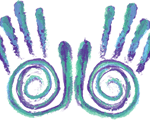 Healing Place LLC specializes in helping people of all ages break the pain cycles of chronic pain, chronic digestive problems and balances hormones naturally. If you would like to learn how Reflexology can support your health, please schedule a FREE consultation on the HealingPlaceMedfield.com website or call 508.359.6463. Or find a certified and qualified reflexologist in your area.
Healing Place LLC specializes in helping people of all ages break the pain cycles of chronic pain, chronic digestive problems and balances hormones naturally. If you would like to learn how Reflexology can support your health, please schedule a FREE consultation on the HealingPlaceMedfield.com website or call 508.359.6463. Or find a certified and qualified reflexologist in your area.
Healing Place Energy School LLC
 Want to learn how to better care for yourself and your loved one with holistic medicine? Become a member of the HealingPlaceEnergySchool.com. We offer courses self-care courses: Energy Medicine, Mindful, Reflexology, Meditations, and Self-Awareness. All courses are taken from the privacy of your home. These are empowering self-care and self-help classes that teach lifelong skills.
Want to learn how to better care for yourself and your loved one with holistic medicine? Become a member of the HealingPlaceEnergySchool.com. We offer courses self-care courses: Energy Medicine, Mindful, Reflexology, Meditations, and Self-Awareness. All courses are taken from the privacy of your home. These are empowering self-care and self-help classes that teach lifelong skills.
HealingPlaceEnergySchool Store
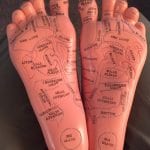 Purchase either a pair of foot or ear reflexology model
Purchase either a pair of foot or ear reflexology model
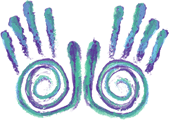
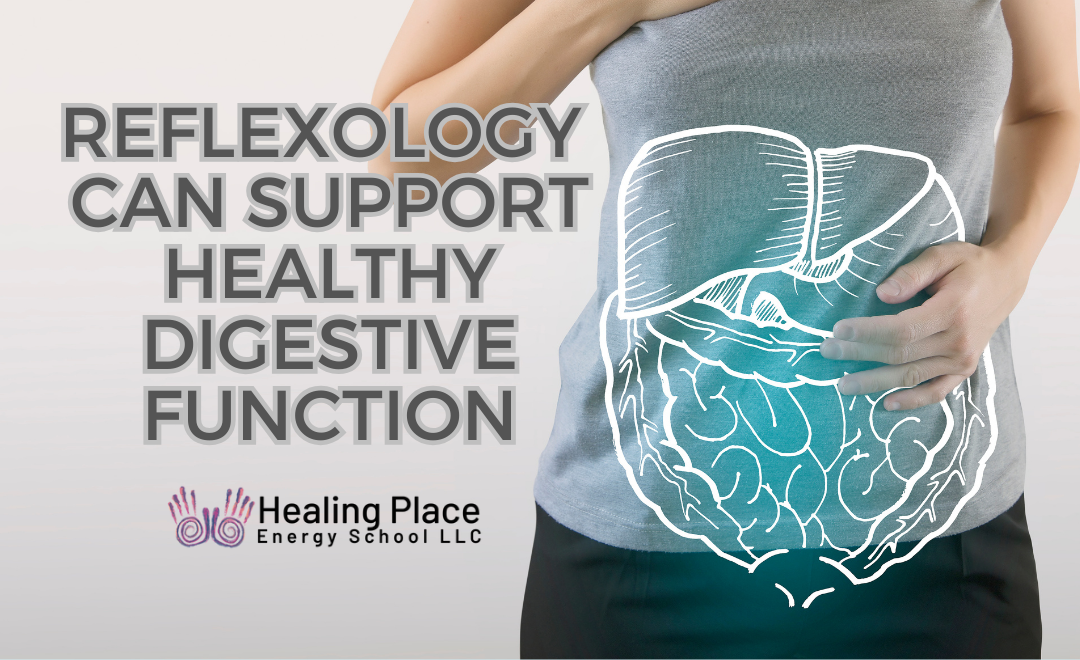
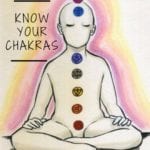
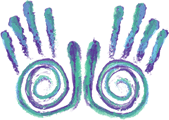


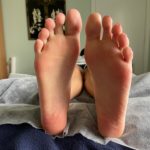

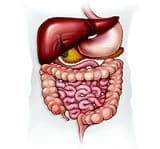

 The Healing Place LLC helps all ages to find relief from chronic pain, chronic digestive problems and balance hormones naturally. We practice COVID19 safety. Don’t forget to check on our online school HealingPlaceEnergySchool.com. Thank you.
The Healing Place LLC helps all ages to find relief from chronic pain, chronic digestive problems and balance hormones naturally. We practice COVID19 safety. Don’t forget to check on our online school HealingPlaceEnergySchool.com. Thank you.
Recent Comments